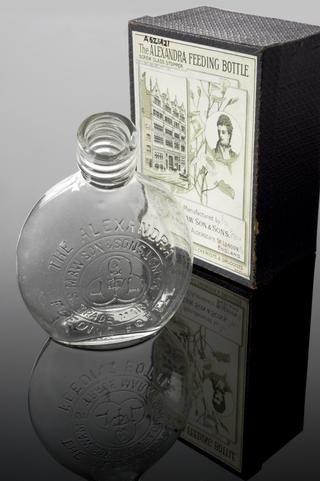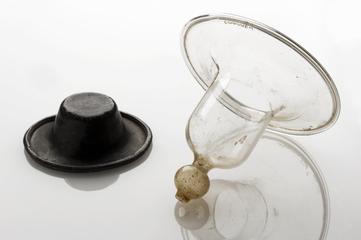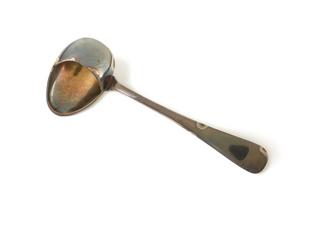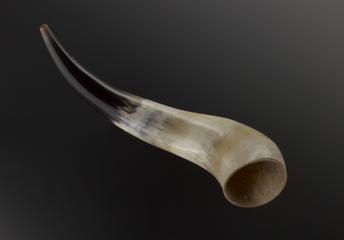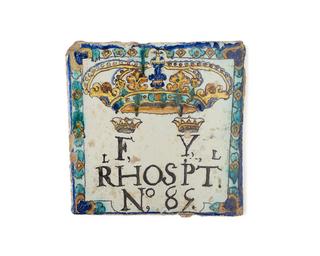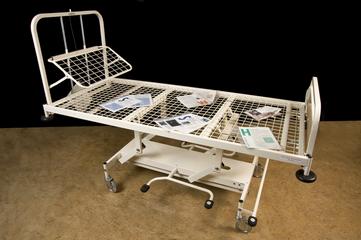
'St Luke's Hospital', print, London, England, 1785
- engraver:
- William Deeble

Engraved print showing the front elevation of St. Luke's Hospital for Lunatics, on Old Street, London, which opened in 1786, engraved by William Deeble and published by I. Sewell (John Sewell), London, 1785.
St Luke’s Hospital for Lunatics first opened in 1751 in a converted foundry on Windmill Hill, Upper Moorfields, London. This was close to what was the then site of Bethlem Hospital (aka Bedlam) and St Luke’s was intended to relieve some of the pressure on that institution. However, its capacity was limited from the start and within two decades moves were underway to build a larger hospital on a new site.
This second St Luke’s opened nearby in Old Street in 1786. It was a grand building, with a huge 150 metre wide frontage. Designed with a central entrance, male wards were located to the left and female wards to the right. The illustration was engraved by an artist named Deeble for The European Magazine and London Review, which first launched in 1782. Unlike the exterior though, the interior was far bleaker with single cell-like rooms for 300 patients. Beneath a small window placed high on the wall, each room was sparsely furnished, with bedding straw on a wooden bedstead and no heating.
St Luke’s was more progressive in its treatments than many institutions and, with some improvements made to the building’s interior, its work continued throughout the 19th century. But by the early 20th century it was seen as unsuitable for purpose and the hospital relocated for a third time, to Muswell Hill in North London. The Old Street building was sold to the Bank of England who used it as a print works, before it was demolished in 1963.
Details
- Category:
- Nursing & Hospital Furnishings
- Collection:
- Sir Henry Wellcome's Museum Collection
- Object Number:
- A639203
- Measurements:
-
overall: 126 mm x 295 mm
- type:
- credit:
- Jones, A.W.S.
